Although (live action) options are mostly also considered before making the final choice to solve things with visual effects, it was quite evident from the start that a CG creature would be the right approach for Dragon Girl.
The dragon is one of the main characters in the film, required to perform a whole range of actions and emotions hard to obtain with a puppet or a 'man in suit'. Both were used for referencing and placeholders by the way, but the final on-screen appearance is created with a digital 3D creature.
The first step in getting to a full 3D/CG character is the design. Experienced and talented Dutch character designer Wouter Tulp took on the challenge of coming up with a design that incorporated both 'cuteness' and a reptile-like characteristics.
but the result has to be an actor in its own right
Both were used for referencing and placeholders by the way, but the final on-screen appearance is created with a digital 3D creature.
Maarten Verhoeven is known for his impressive Zbrush skills and experience with dragons and other fantastical creatures and characters. He sculpted the dragon model.
As the final rig of a character is used by many animators over a considerable length of time, in many different scenes and with different demands, it should be thoroughly tested before it enters the real production pipeline.
'Rig wrecking' is the process of stress-testing the rig, trying to find the limits and see where, when and how it 'breaks'.
A rig provides the controls for animators to bring life into a character by giving it different poses over time. A bit like how a puppeteer operates a marionette puppet.
Rigging a character is another specialism that requires technical understanding of how a model behaves under different circumstances, but also how the animators will use it to create the performance of the character.
Lookdev, short for Look Development, is the process during which the look and feel of a character, environment or other digital asset is determined.
Often, many iterations are needed to arrive at the final look of what ends up on the screen. For the dragon character, finding all the right characteristics and details are important, as it is featured so prominently throughout the film in many differents scenes and situations.
The dragon arrives with its wing broken and it is cared for by Sarah who will later apply bandage to it.
The dragon needs to breath fire.
Over the course of the film, the dragon gets more and more dirty.
was quite a challenge
Real life examples and references of nature depicting animals are an important part of getting up to speed: what do we find intriguing and want to take from that for your own character?
Making sure consistency and 'logic' from those references are sensibly applied to our dragon character, linking certain parts of real world examples to the digital asset, is a collaborative effort between several departments.
Equally important is how the dragon's scale relates to the character of Sarah, who will be interacting with the creature a lot and even flies on its back. The dragon had to appear 'young' (baby-like), but couldn't be too small for Sarah to sit on its back.
To get a better understanding of how the dragon's scale would relate to Sarah and what the implications would be for framing and composition (using different lenses), Planet X Technologies' DeepSpace VR platform was used. DOP Trond Tønder and director Katarina Launing could visit a digital environment to further explore the dragon's future presence in the film.
The amount of SSS determines the translucency of areas where the skin is thin, like ears or the wings.
Sub surface scattering can also be observed in humans when, for instance, ears are strongly backlit (by the sun) and the blood inside the ear boosts the reddish color that results.
Director Katarina Launing was in charge of bringing the story of a young refugee girl, who meets an orphaned dragon, to the big screen.
Planet X was responsible for the complete visual effects share of the movie from pre to finish. Featuring well over 220 shots, 170+ with a fully animated CG dragon (one of the first attempts of this scale in The Netherlands), the efforts resulted in 12 minutes of engaging screen time performance.

